Updated 6th February 2025
Britain was once almost entirely covered in woodland, and so wood is a natural habitat for many of our wildlife species. However, half of that habitat has disappeared since the 1930s, and population numbers of vital insects are declining.
The good news is that you can easily recreate the natural woodland world that these species love, in your garden. A log pile will support a wide range of wildlife, including moss, fungi and insects and other invertebrates. It will also attract a range of small mammals, reptiles, amphibians and birds that will visit to prey on the insect residents.
One simple pile of logs can quickly become a flourishing wildlife community.
How to create a log pile
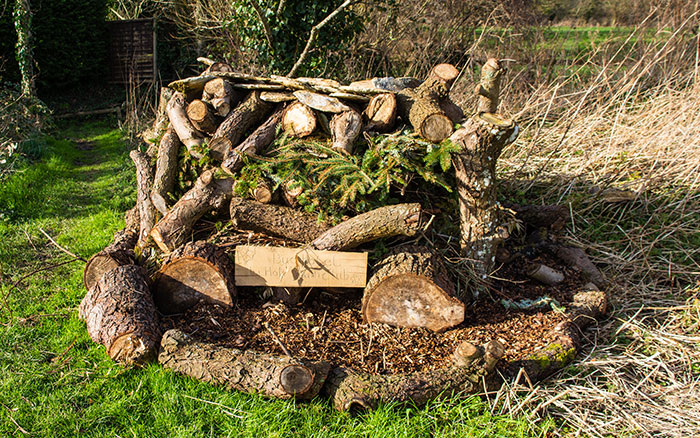
The first thing is to find the logs. Don’t take them from the wild – there’s little enough wood out there to start with. The best place is from friends and neighbours who are having tree work done. If you see a tree being pruned or felled, ask if you can have some of the wood.
Contact a local tree surgeon and see if you can have some logs and even wood chippings.
Logs with the bark on are best because many creatures live underneath it.
So much good wood is thrown away, so look for local sources of unwanted wood too.
Create a log stack
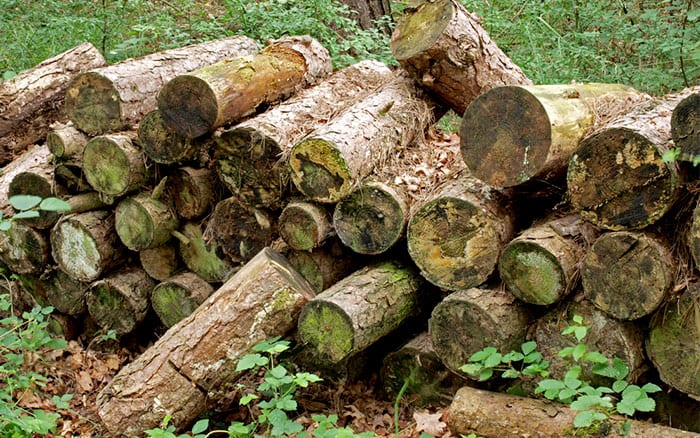
Simply stack logs of different sizes on top of each other. Stop them rolling away by driving a stake into the ground on both sides.
Keep the wood damp by burying the lower logs a few centimetres into the soil. You can also water the pile with the hosepipe if it looks dry.
Create a small log pile
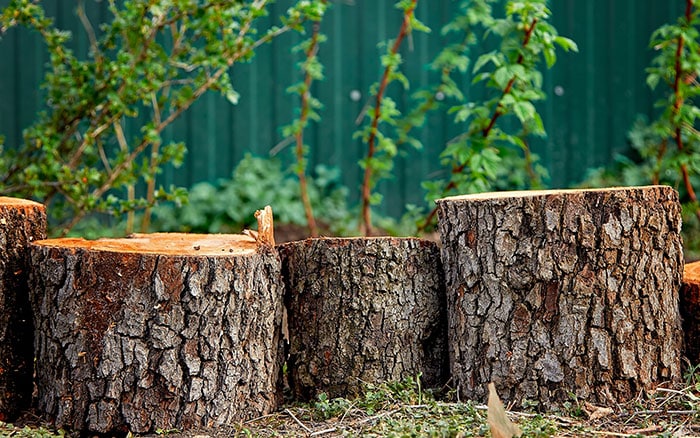
You can also create an upright log pile. Stand logs vertically in a pyramid shape, with the tallest ones in the middle. Bury the lower half of the logs, which will keep them damp and help them decompose. If the logs do not rot down relatively quickly, they are too dry.
Remember that the gaps between logs are also important – many creatures will live there.
If your garden space is very limited, you can still help. Just one or two logs, part-buried or laid on top of the soil, is enough to provide a home for a range of species.
You can also put logs in planters if you have a patio or balcony garden. If you can’t find a log, make holes in a plastic container and fill it with a mixture of soil and wood chippings.
Where shall I put it?
Site the log pile away from living trees and shrubs, because decaying wood may harbour bacteria and disease. And choose a semi-shady spot – too sunny and the wood will dry out.
It helps to place the log pile near a pond so it will provide a hibernation spot for frogs and toads. Plus they can feast on some on the insects that live in the log pile too.
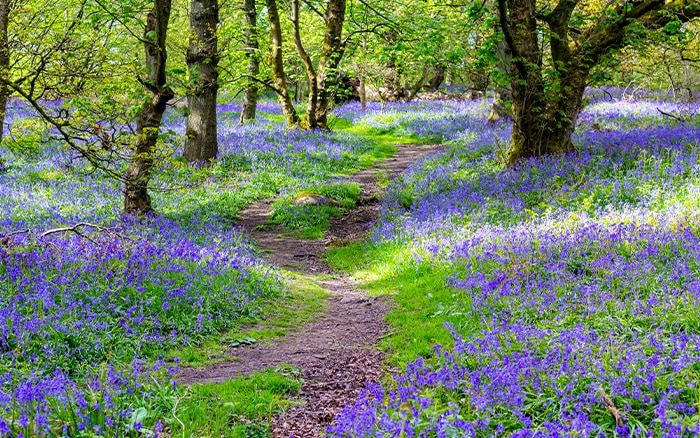
You can also provide great wildlife habitats by leaving wood that is already in your garden to decay in situ. Let dead trees and shrubs stand – as long as they are not in a dangerous place. Dead branches benefit many creatures, including woodpeckers.
Leave woody garden cuttings in a pile in beds or a shady corner of the garden. Piles should be fairly compact to maintain the humidity needed to decompose the wood.
Many people think decaying wood is an eyesore in the garden, but you can disguise it with plants. This also helps the wildlife living on, in or underneath it.
Go for a woodland look with ferns, bluebells, snowdrops or muscari. If you have a large log pile, grow a climbing plant like clematis across the whole structure.
Once you have built your log pile, simply leave nature to do the rest! You should not dismantle the pile, but you can gently lift logs to see your new thriving insect world.

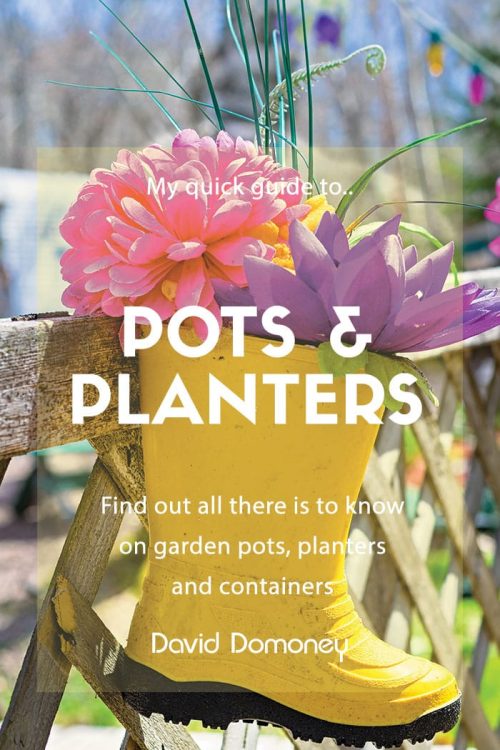



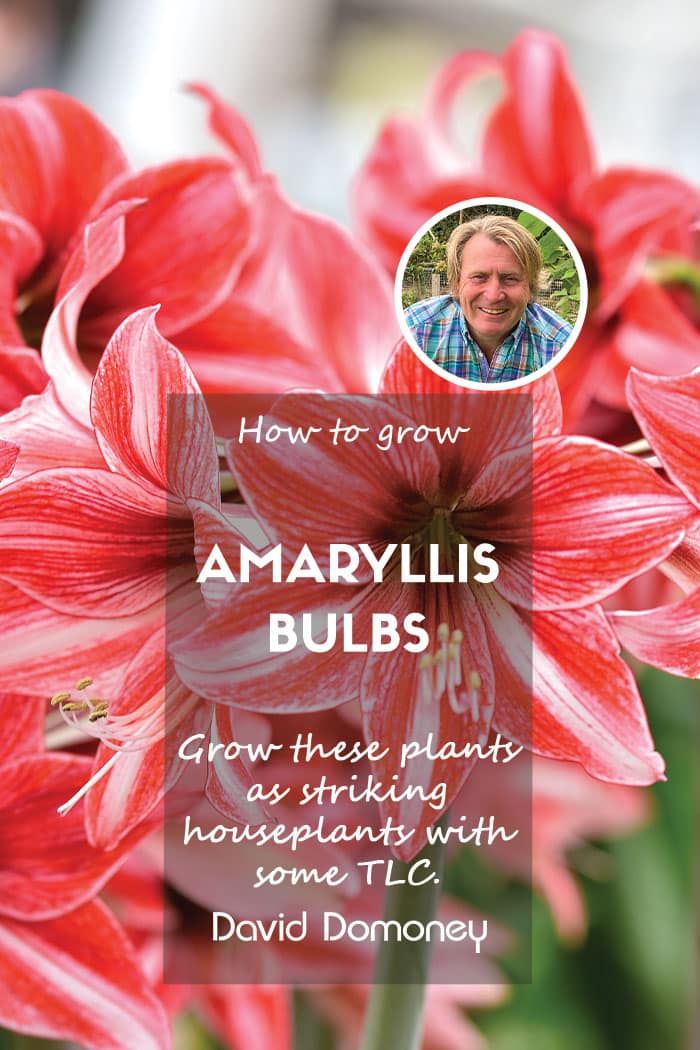

Hi there, i am very interested in creating a log pile in my garden but i am a bit confused as the advice seems to contradict itself. You say that log piles should be placed AWAY from live plants and trees as they can harbor bacteria and disease, but then you suggest planting around and over them with ferns, bluebells, snowdrops and creepers??? I have read about stumpery’s on other sites too and the same contradicting advice is given on those sites too…..they tell you not to create them near live plants but then tell you to plant ferns around them. I’m confused!
Be not confused. The piles (deadwood) described above are fine among the living plants. Why? Because the fungi that will be decaying the deadwood are specialists called “saprophytes,” while the specialists that attack the living are pathogens. These organisms have a limited skill set to work on one or the other.
How far away should the log pile be from shrubs and trees? I want to put one near the pond but we also have small trees and shrubs around it.
Thanks
There’s no set distance, so it’s really up to you! The further away it is, the safer for your plants.
Are some kinds of wood better than others? I have a felled pine tree and several old oak timbers (maybe once a fence). Is there wood that is better not used?
Hi Paul,
Yes, the best ones to go for are Ash, Oak and Beech. All wood types are good, and the more rotted the better!
I hope this helps.